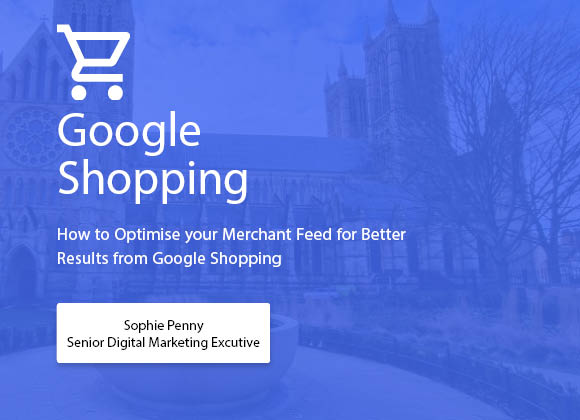With the rise of Google’s automation it is now more important than ever to fully optimise your merchant feed.
Why optimise your feed?
Having highly accurate data quality, structured efficiently is the best way to improve Ad relevance in customer searches. In short, the quality of your data feed will determine the success of your product listing campaigns (PLA’s), as it ensures your products are showing up for highly relevant search terms.
The more information you provide Google, the more relevant searches you will show up for. If you don’t optimise your feed this can lead to lower impressions and clicks, which in turn means less sales. Your competitors will take the majority of the impression share and you’ll fall by the wayside. So this blog is going to be pretty important in guiding you on how to not let this happen.
Product Title
The product title follows the 80/20 rule to get more impressions and clicks, it’s the best place to start. Optimising this one field can have a monumental impact on your Ads. Google reads the first 150 characters of your product title but only shows up to 70 characters on the Search Engine Results Page (SERP). In this case, you should consider the best structure for your product title.
Consider your product title order in the same way you would for a keyword or in SEO. Make sure to utilise the headline order. If people aren’t frequently looking for size, demote this further down the title. Oppositely, if brand is a key feature of your product and users are actively searching for this, push it to the start of your title.
Word count is also important. Under 30 characters and it’s too short, you’re wasting opportunities. Over 150 characters the titles can look overwhelming. The sweet spot is between those, try around 70 characters.
Product Category
Product category is an optional field, Google will automatically apply this for you if you leave it blank. However, we don’t recommend this. Using the correct product category tells Google to find products in the data feed that best match the user’s search query, leading them to the right item. This will lead to higher click-through rates, driving more people to your site and more conversions.
You will need to spend time correctly categorising from Google’s taxonomy, where the deeper and more specific you categorise your product, the better. Google can then group your product with other competing items.
But what if you don’t assign your products correctly?
- You might lose sales! Some users will use filters to browse Google Shopping listings. If you haven’t categorised them correctly, the users won’t be able to find your products. You will miss out on traffic and sales. There’s nothing worse than a wasted opportunity.
- You may see unnecessary Ad spend! If your products are miscategorised they may appear in searches that aren’t relevant to what you sell. You could be spending excess money on clicks that don’t convert.
Custom Labels
Custom labels are the real deal, they are a fantastic way to improve the structure of your Google Shopping campaigns. Whilst they don’t directly affect the performance, using custom labels makes the management of your campaigns a lot easier and setting up your campaigns using them can improve results.
Custom labels are a way to segment your products based on your chosen criteria. Often campaigns will be broken down by attributes such as product type, Item ID, brand or price. But, what if you wanted to easily segment your products based on something else?
Ideas of labels you can use:
- Profit Margin
- Best Sellers
- New Releases
- Competitive Pricing
- Seasonal
- Shipping
- Gender
- Size
… or anything else you can think of!
Overall, segmenting products based on your chosen attributes can help you group your campaigns, which can improve your results. For example, if you group a campaign by profit margin, you will be able to optimise your campaign for a specific ROAS.
High-Quality Images
Ensure the images you provide for the product match the specifications such as colour, size, model, brand etc. Using the best possible images makes them more visually appealing and if you are displaying the right image for the product, will increase click-through rate. Users are unlikely to engage if your product title does not match the photo.
We would recommend using a plain white background and ensuring there are no other products in the image to avoid confusion. Make sure your image is not watermarked, as Google will disapprove this.
Prioritise Your Most Valuable Products
If you have limited time to optimise your feed you should always prioritise your most valuable products. Manually editing your product title descriptions can be a lengthy process and you may want to do this over time. Start with your historically best performing products or those that are of higher importance or value. There is no point spending ages improving titles of low value products that rarely convert online, save these until last.
Remember the 80:20 rule, 80% of outputs come from 20% of inputs. Improving just the top 20% of your products will have a major impact on your Google Shopping performance.
Optimising your product feed is an effective way to improve Ad performance, especially in a world with increased automation and less control in the Google Ads interface. So, what are you waiting for? Open the merchant centre and get your feed in shape!
We are Data Feed specialists that manage clients with 50 SKUs to 50,000 SKUs. We can help you create a feed that generates results, book a discovery call today.

